He died at the age of 89 Giovanni Anselmoan artist known internationally as one of the movement’s founding artists Bad art. His artistic work, which moves between installation, painting and photography, has evolved its language over time without ever losing sight of an essential principle: the construction of the work on the basis of potential energy and inexhaustible tension. Out of twist Since 1968, his entire work has revolved around this principle. The alternation of metallic and industrial materials with organic materials, combined with a particular poetic contribution, made him one of the greatest representatives of poverty and conceptualism in Italy. Let’s review the key points of his story.
Giovanni Anselmo in Arte Povera
Giovanni Anselmo was born on August 5, 1934 in Borgofranco d’Ivrea. He completed his classical studies and made his debut as a self-taught painter in 1967 at the Galleria Vincenzo Sperone in Turin as part of a group exhibition. In the Turin environment he came into contact with the art critic Germano Celant, which at this time formed Arte Povera, which would become one of the most famous and established movements in Italian art of the second half of the 20th century. It is in this group next to Michelangelo Pistoletto, Piero Gilardi, Gilberto Zorio and the other members that Anselmo goes beyond painting and lays the foundation for his own mature artistic language. After a few exhibitions in the Arte Povera context, he received his first solo exhibition at the Sperone Gallery in 1968 and at the same time began to present some of his works at international events. Like the historical exhibition in Bern When attitudes become form, edited by Harold Szeeman in 1969, a cornerstone of conceptual expression. Anselmo participated in the Venice Biennale in 1978, 1980 and 1990, the year he won the Golden Lion for painting.
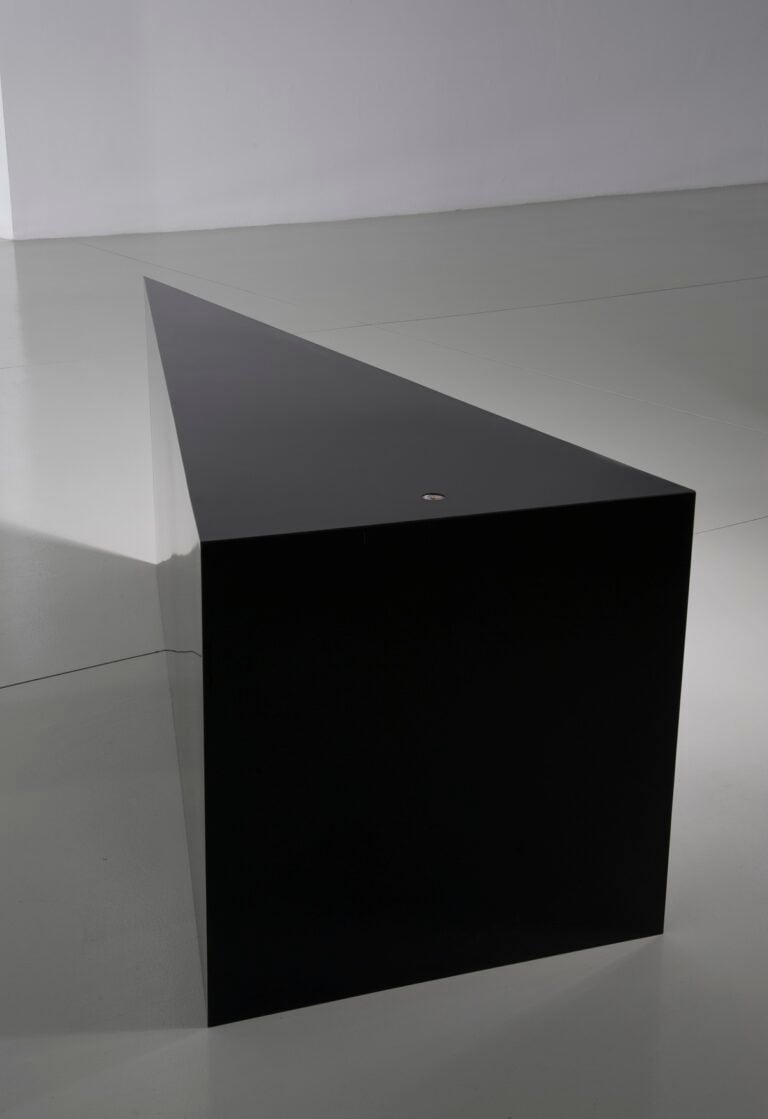 2/16
2/16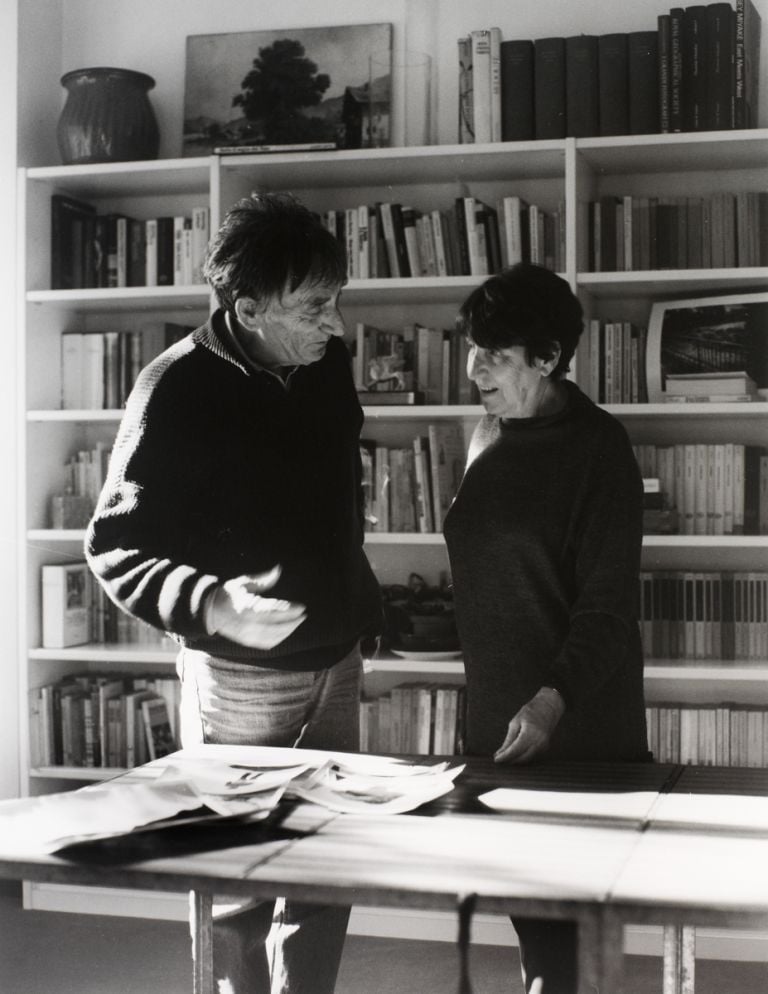 3/16
3/16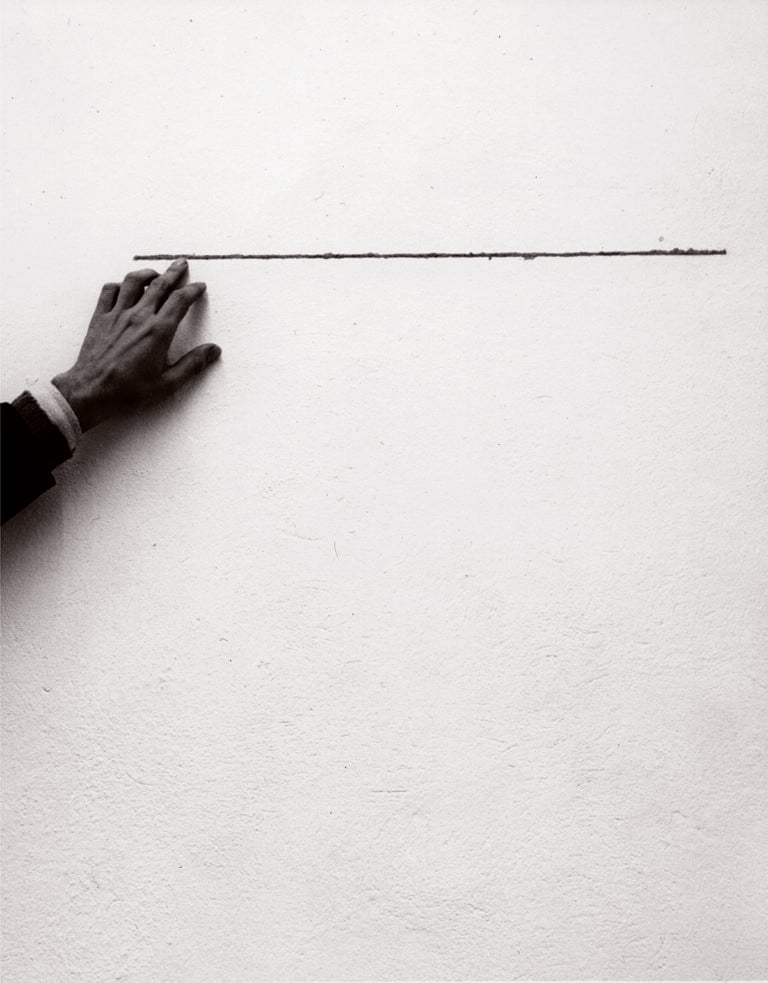 4/16
4/16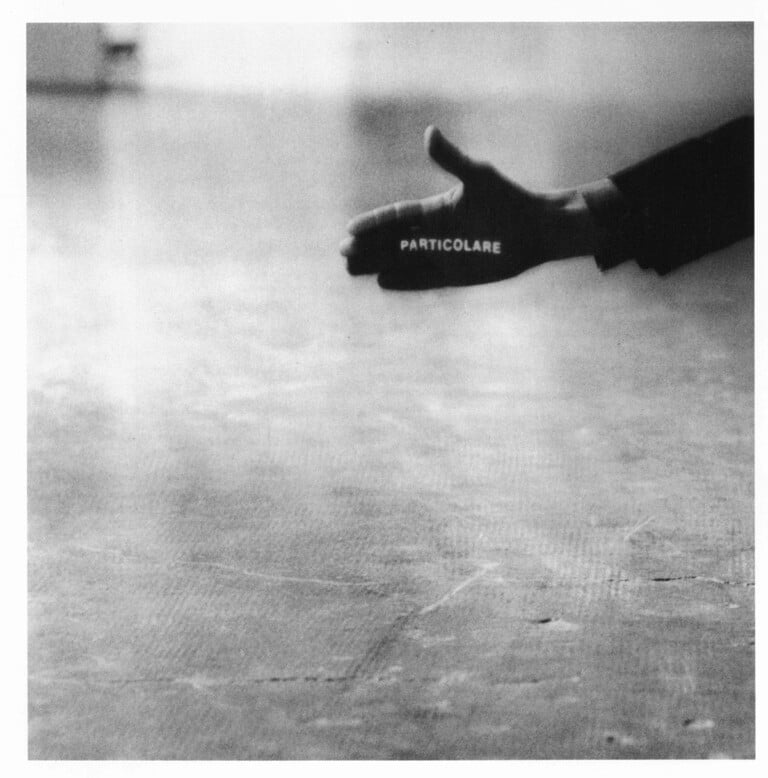 5/16
5/16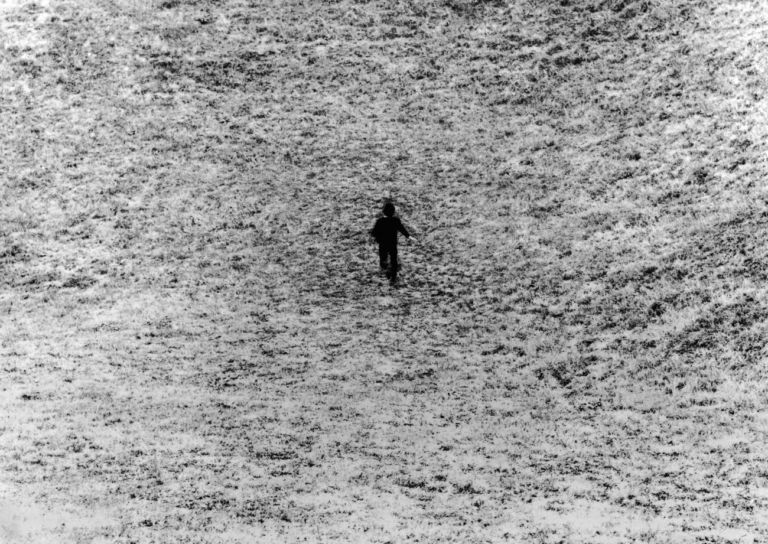 6/16
6/16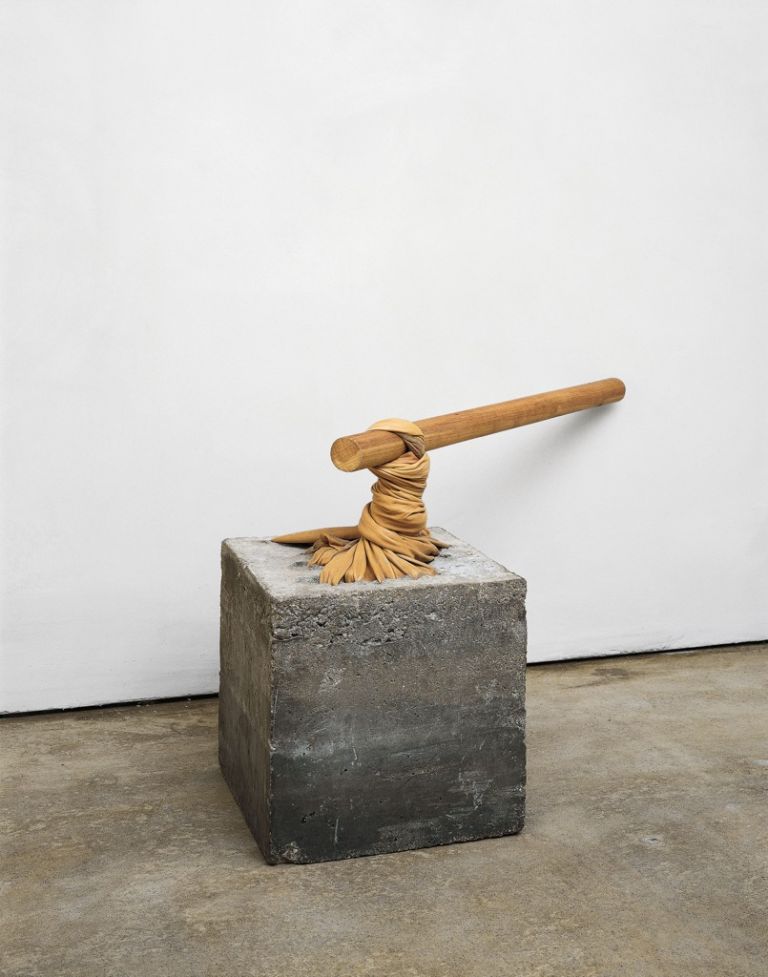 7/16
7/16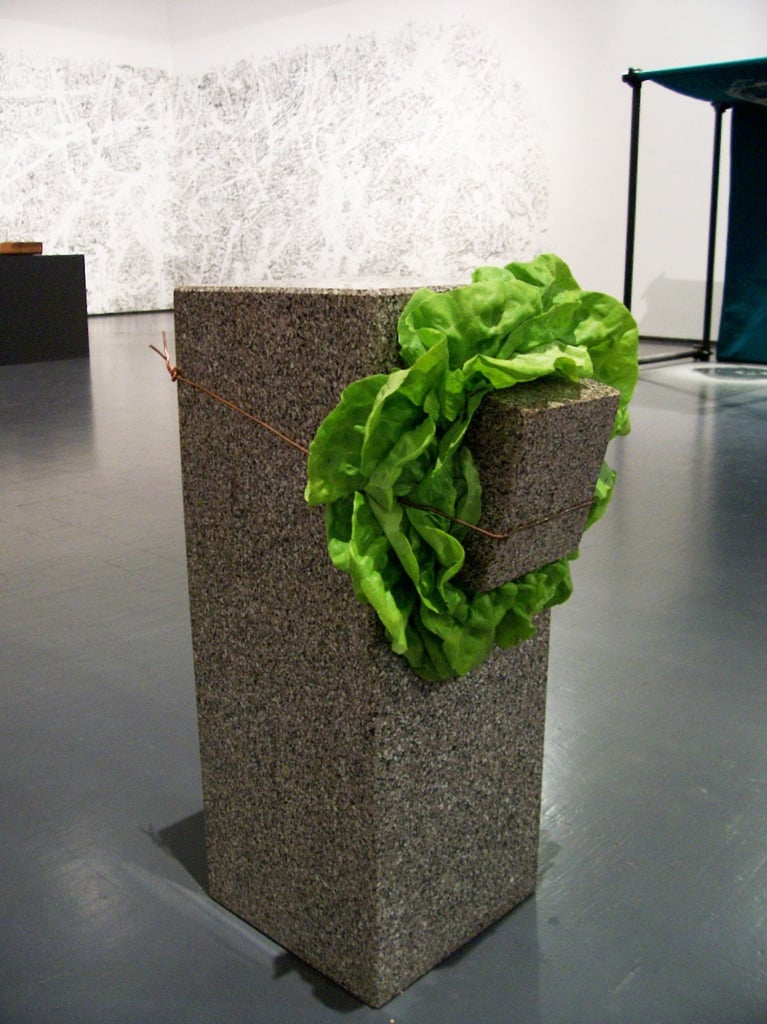 8/16
8/16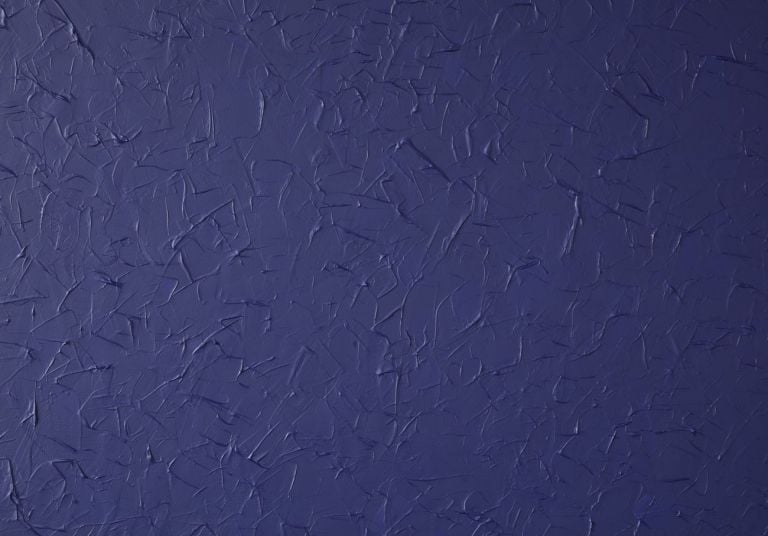 9/16
9/16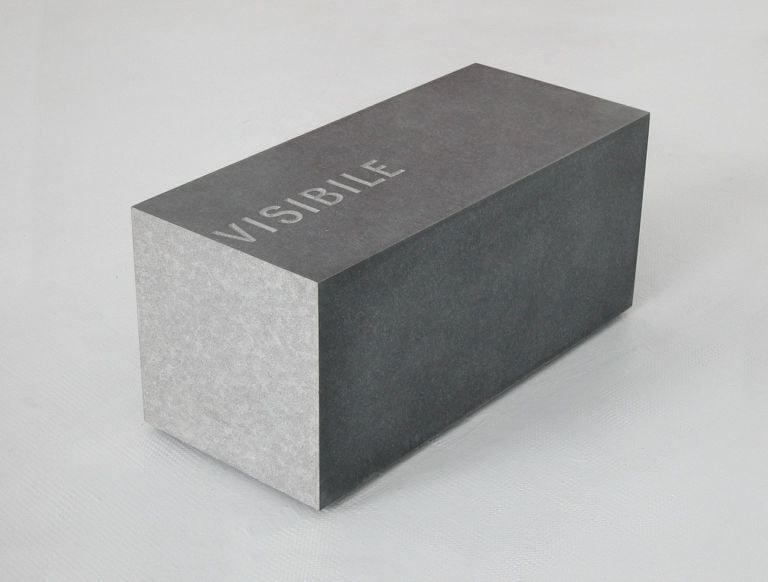 10/16
10/16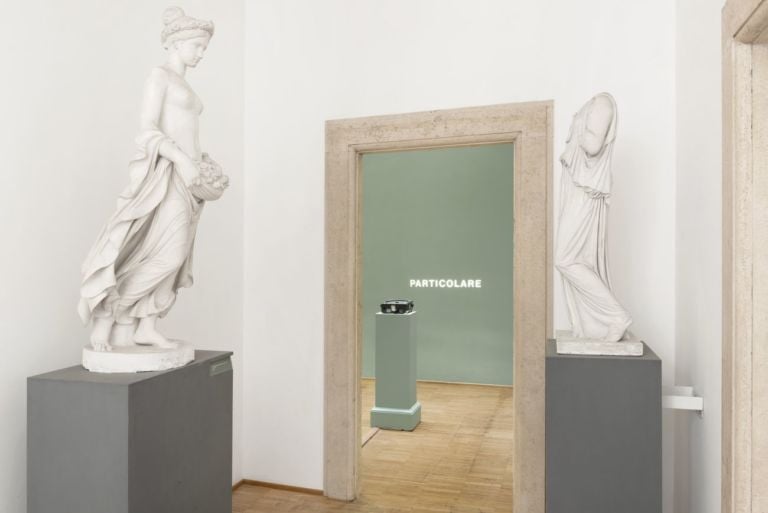 11/16
11/16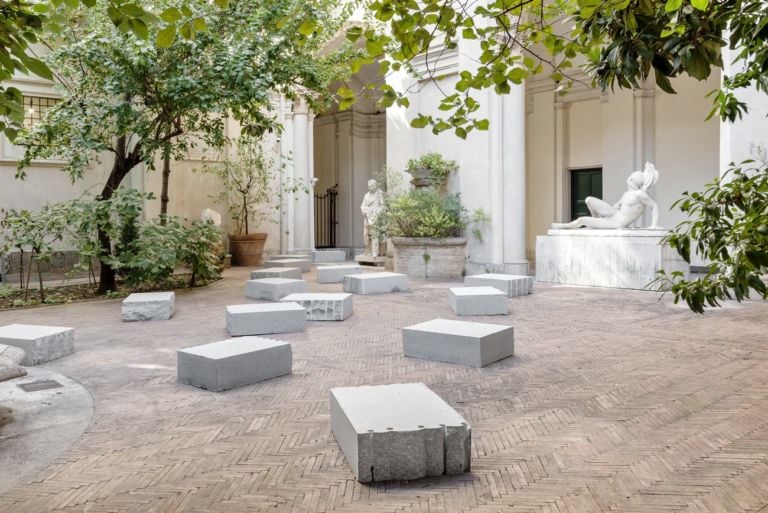 12/16
12/16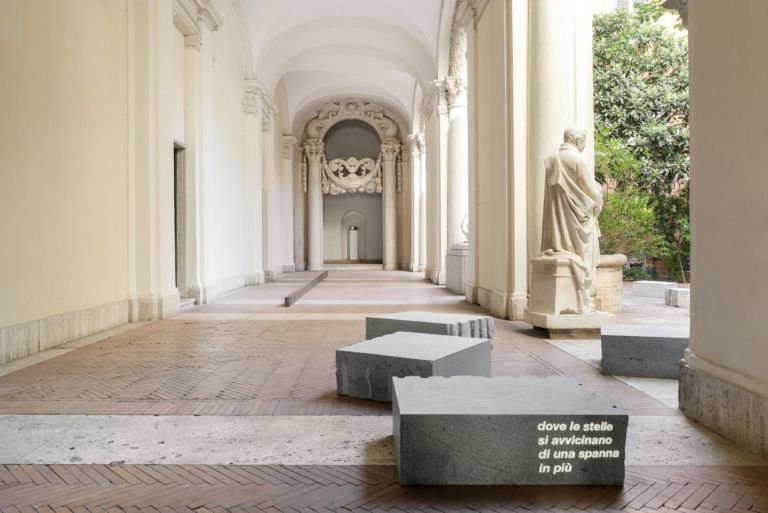 13 / 16
13 / 16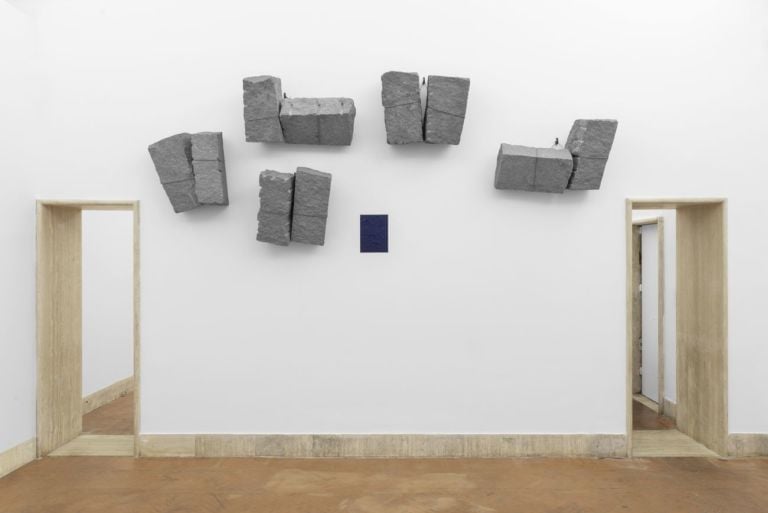 14/16
14/16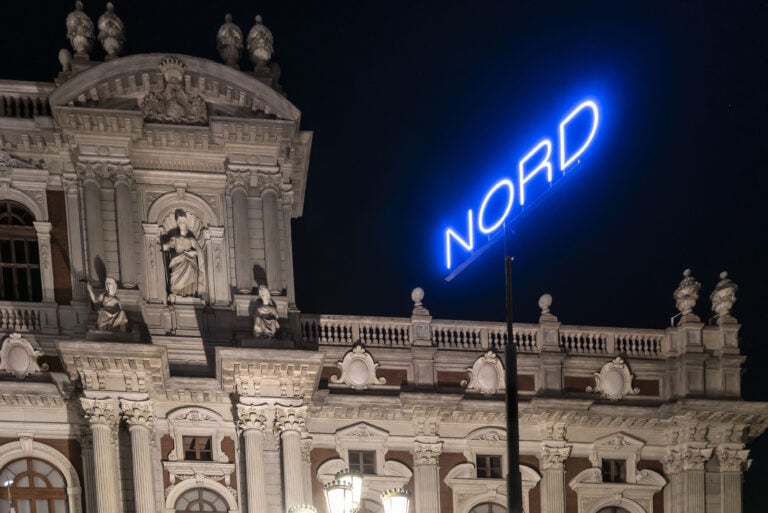 15/16
15/16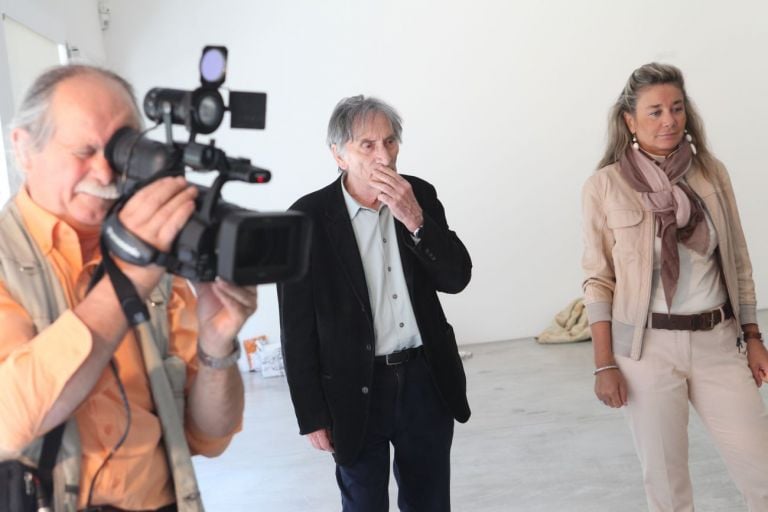 16/16
16/16The work of Giovanni Anselmo
“My works are truly the embodiment of the strength of an action, the energy of a situation or event“, says Anselmo about his work. From the 1960s to the end, he produced installations and works related to the concept of energy, playing with balances between opposing forces, always aiming at a “beyond”, an undefined but desired somewhere else. Among the best known are twist from 1968 consists of a moleskin fabric kept rotated by an iron rod, the movement of which is prevented by the presence of the wall: all the “potential” energy that the fabric is forced to produce accumulates there. In Untitled (Structure that eats) a head of lettuce is held between two granite blocks; Both works illustrate the concept of entropy, which was adopted by the philosopher Georges Bataille, who was highly regarded in Arte Povera. breathfrom 1969 lists the phenomenon of metal expansion: two iron rods hold a sponge that “breathes” when the temperature drops and the metal shrinks. The time element is fundamental Neon in concrete, 1967–1969, described by the artist himself as “a disturbing work” because it involves his own death: four neon tubes connected to an electrical circuit are cemented into as many concrete blocks placed on the floor. What can be seen is only an indefinite glow of light. Anselmo also creates several artist books including Light in 1972, in which each page shows the same word in increasing narrowing and expanding, and Visible and measurable details from INFINITOwhich starts with completely black pages and eventually shows details about the word “infinity”.
The work of Giovanni Anselmo: the granites
In order to expand and deepen the original research, in the 1980s Anselmo developed a cycle of works consisting of granite blocks or slabs suspended or balanced by steel cables and sliding knots, sometimes linked to the idea of overseas. The elements of tension and precarious balance also play a role here: precisely thanks to the continuous effect of gravity, the work stands and tries to somehow nullify the perception of its own weight. Belonging to this series, Heading overseas, 1984, consists of a large triangular stone slab and belongs to this series: positioned almost vertically, the slab is supported by a steel cable so that the upper apex, without touching it, tends towards a small, ultramarine blue painted rectangle of the wall. Ultramarine therefore has several meanings: it is the color of artistic intervention; it is the name of the pigment, alluding to the origin of the mineral, which was once imported into Europe from distant lands “beyond the sea”; It is somewhere else Anselmo will never stop striving for. In 1984 he was among the first artists to exhibit in the famous inaugural exhibition of the Castello di Rivoli. overture; The same institution dedicated a solo exhibition to him in 2016 (the first in a Turin museum) and gave him free rein to create a specific project in the spaces of the Manica Lunga.
Giovanni Anselmo: the latest exhibitions and awards
“Anselmo belongs to a generation of artists for whom the reduction, the impoverishment of art practice to its primary components – material, conceptual, poetic – is both a strategy for eliminating traditional expressiveness and the prerequisite for moving the work and viewer towards one urge different relationships with what lies beyond the limits of the sensible, what lives only in a mental dimension: totality, energy, the invisible, the infinite”, writes Stefano ChiodiArt critic, reporting on Double zero the exhibition 2019-20 Giovanni Anselmo, Entering the Works at the National Academy of San Luca in Rome. An exhibition on the occasion of the awarding of the President of the Republic Prize: “designed by him down to the smallest detail, without the intervention of curators. An exhibition full of small sensibilities that tells the evolution of the research of an artist who always aimed at the essential and limited his exhibition activity to necessary occasions, without ever overdoing it“, commented the critic Ludovico Pratesi At Artribune. In Turin, Giovanni Anselmo is the protagonist of the new edition of Luci d’Artista, opened on October 27th: “The installation entitled ‘Orizzonti’ consists of four blue lights bearing the names of the four cardinal directions (North, East, South and West): a work that connects a specific place in Turin with a very far-reaching place that is in is capable of exceeding his own limits.”writes Valerio Veneruso. “The work, strongly desired by Carolyn Christov-Bakargiev and GAM director Riccardo Passoni, presents itself as a kind of device that allows both the viewer and the casual passerby to go beyond the mere spatial data and, ideally, to transcend the horizon of. “the same city”.